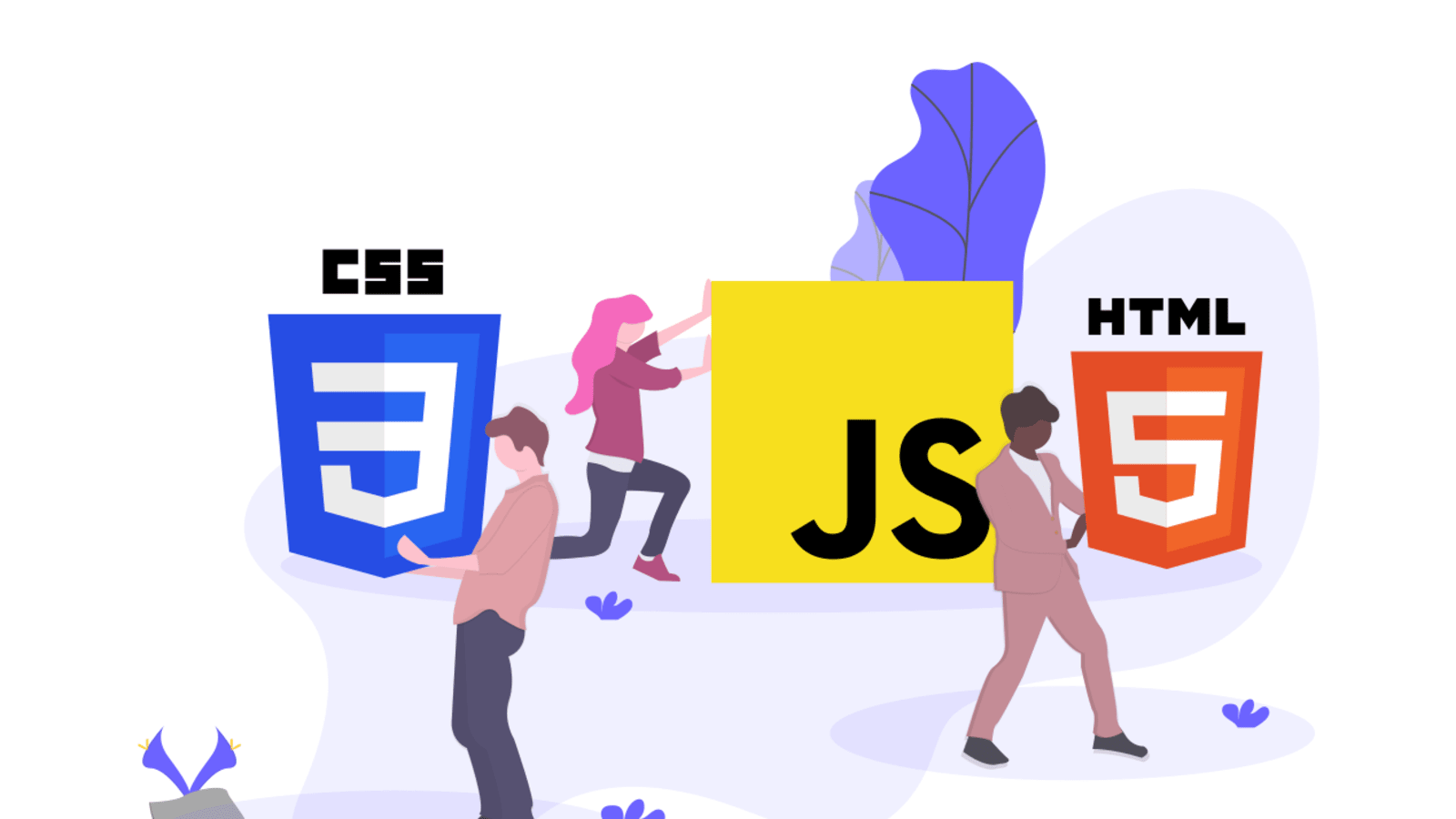Originally posted on February 11, 2022 @ 6:44 pm
In the last few years, web developers have been using HTML, CSS and JavaScript to create interactive websites. These languages are used to design the look and feel of a website.
What is HTML?
HyperText Markup Language, commonly abbreviated as HTML, is the standard markup language used to create web pages. Along with CSS, and JavaScript, HTML is a cornerstone technology, used by most websites to create visually engaging webpages, user interfaces for web applications, and user interfaces for many mobile applications.
Web browsers receive HTML documents from a web server or from local storage and render the documents into multimedia web pages. HTML describes the structure of a web page semantically and originally included cues for the appearance of the document.
HTML elements are the building blocks of HTML pages. With HTML constructs, images and other objects, such as interactive forms, may be embedded into the rendered page. It provides a means to create structured documents by denoting structural semantics for text such as headings, paragraphs, lists, links, quotes and other items. HTML elements are delineated by tags, written using angle brackets.
Tags such as “img” and “input” directly introduce content into the page. Other tags such as “p” surround and provide information about document text and may include other tags as sub-elements. Browsers do not display the HTML tags, but use them to interpret the content of the page.
HTML can embed programs written in a scripting language.
Also check How to Fix 0x0 0x0
What is CSS?
Cascading Style Sheets (CSS) is a language used to describe the appearance of content on web pages. That includes colors, fonts, layout, and more. The styles that you define in a CSS file can be applied to multiple pages.
In this track, you’ll learn how to use CSS to style websites. You’ll learn about the different properties you can use to change how a page looks and the ways that those properties interact with each other.
You’ll start by adding some color and simple layout changes to your own website. Then you’ll move on to modifying the layout of the Wikipedia homepage to make it look like a TV from the 50s (don’t worry, it will still work).
After that, you’ll learn about new HTML elements that let you build web pages with columns or boxes inside boxes inside columns. You’ll also learn how positioning works on the web and how you can use it for things like sticky headers or footers that stay at the top or bottom of a page even when you scroll past them.
Finally, you’ll learn more advanced techniques like pseudo-classes which allow you to apply styles only when a certain condition is true, like when your mouse is hovering over a link or an element has to focus.
What is JavaScript?
JavaScript is a cross-platform, object-oriented scripting language. It is a small and lightweight language. Inside a host environment (for example, a web browser), JavaScript can be connected to the objects of its environment to provide programmatic control over them.
JavaScript contains a standard library of objects, such as Array, Date, and Math, and a core set of language elements such as operators, control structures, and statements. Core JavaScript can be extended for a variety of purposes by supplementing it with additional objects; for example:
Client-side JavaScript extends the core language by supplying objects to control a browser and its Document Object Model (DOM). For example, client-side extensions allow an application to place elements on an HTML form and respond to user events such as mouse clicks, form input, and page navigation.
Server-side JavaScript extends the core language by supplying objects relevant to running JavaScript on a server. For example, server-side extensions allow an application to communicate with a database, provide continuity of information from one invocation to another of the application, or perform file manipulations on a server.
In 1994 Netscape Communications hired Brendan Eich with the goal of embedding the Scheme programming language into its Netscape Navigator. Netscape also wanted
How do they work together?
There are three core components of any website:
- HTML (the Hypertext Markup Language) for structure
- CSS (the Cascading Style Sheet) for presentation
- JavaScript for behavior
HTML is all about structure; it defines the basic layout of a web page by using various tags such as headings, paragraphs, images, hyperlinks, tables, lists, etc.
CSS is used to apply styles to web pages—colors, backgrounds, fonts, layout, and more—to create visually engaging sites. This language describes how HTML elements are to be displayed on the screen.
JavaScript brings web pages to life; it provides dynamic interaction with the user and makes a webpage feel like a desktop application. This language can update content on your page without reloading it from the server and allows you to validate user input before sending the page back to the server.
When should I use them?
First, you should always use HTML for your website layout. That’s what it’s for!
CSS is solely used to change the look of your website (fonts, colors, etc).
JavaScript is used to add functionality to your website. You can use it to do things like hide and show content, create new HTML elements, etc.
Here are some examples:
You want to change the font of your website. Use CSS.
You want to add a button that when you click on it something happens. Use JavaScript.
You want to add a paragraph to your site that says “Welcome!” Use HTML or JavaScript.
For recommendations please share in the comments below, on social media, or email our team directly. We would love to hear from you.




